Power banks have become everyday essentials. Whether you're gearing up for a road trip, stuck on a never-ending work commute, or prepping for an emergency scenario, these battery packs can be lifesavers. But if you're new to using these portable chargers, you might be wondering: How do I charge this thing in the first place? No worries, we've got you covered. This guide breaks it down into simple, doable steps, with some extra tips to help you charge smartly and make your power bank last longer.
Charging a Power Bank
Charging a power bank is pretty straightforward, but there are a few tricks to doing it right. In short, you need a power source, the right cable, and maybe a cup of coffee while you wait. Most power banks charge through a USB connection — usually USB-C, micro-USB, or Lightning, depending on the model and the brand. You can plug them into a wall charger, your laptop, or even that portable power station you bought for camping.
Sound simple? That's because it is! But let's break it down to make sure you're getting the most out of your charge.

Here's a step-by-step guide:
1. Prep your Gear: Power Bank and a Compatible Cable
Grab your power bank and the charging cable that came with it. No cable in the box? No problem — just check what kind of input port it has (USB-C, Micro-USB, or Lightning) and use a quality cable that matches.
2. Find the Input Port
Speaking of input ports, power banks usually have multiple ports, but only one is for charging the battery pack itself. Look for a label like "In" or "Input" near the port. That's where your charging cable goes.
3. Connect to a Power Source
Plug one end of the cable into a wall adapter, your laptop's USB port, or a portable power station. Then, plug the other end into the power bank's input port. For a faster charge, use a wall adapter with higher output.
4. Monitor the Charging Status
Most power banks these days come with LED indicators or a smart digital display that show how much it's charged. Flashing indicators usually mean the power bank is still charging, while solid lights or 100% on the digital display mean it's good to go.
5. Unplug When Fully Charged
Depending on the size of your power bank, the charging process could take anywhere from a couple of hours to overnight. A rule of thumb is that the larger the capacity, the longer it takes for the power bank to recharge. Once it is fully charged, disconnect it from the power source. This not only helps save energy but also keeps your power bank healthy over time.
Tips and Tricks to Charge Your Power Bank Smartly
Want to get the most out of your power bank? Follow these simple tips and tricks!
1. Use the Right Charger and Cable
As mentioned earlier, using the right charger and cable is crucial. Before charging your power bank, check its specifications first (usually printed on the back or side). A charger that is too powerful can damage the battery, while a lower-voltage one may result in slow charging. And the same goes for the cable. It's always a good idea to invest in a quality cable and charger to keep the power flowing without a hitch.
2. Ports Matter for Speed
Here's a pro tip: not all ports are created equal. They can speed things up, or drag them out. Most power banks have a mix of output ports, including USB-C, micro-USB, or even Lightning ports. Among them, USB-C port is usually the speed king. Plus, some power banks come with fast recharging via USB-C these days. So, if your power bank has one, use it for the quickest charge!
3. Avoid Overcharging
Once your power bank is fully charged, don't leave it plugged in. Though most modern power banks come with overcharge protection, doing so can make it heat up, which can potentially put the battery inside the power bank under stress.
4. Don't Let It Completely Discharge
To extend the lifespan of your power bank, try not let your power bank completely drain. It's beneficial to recharge it when the battery level drops to around 20-30%. This helps maintain the battery's health and performance in the long term.
5. Store at Partial Charge
If you're not going to use your power bank for a while, instead of storing it fully charged or dead, store it with a partial charge, around 50%. This helps prevent the battery from self-discharging too much and reduces the battery degradation during storage. And before using it again, recharge it to 100%.
6. Check Charging Indicators
The LED indicators (or, for some models, the smart digital display) on your power bank are not just for show. They provide valuable information about the charging status and battery level. So, when charging your power bank, check these indicators now and then to make sure everything is running smoothly.
7. Avoid Extreme Temperatures
The lithium batteries in your power bank hate extreme temperatures. Both high and low temperatures can stress the batteries. So, never leave your power bank in a scorching car, direct sunlight, or in extremely cold environments. Instead, charge and store it in a cool, dry place, like your bag or your desk drawer.
Conclusion
In short, charging a portable charger (aka power bank) is super easy, but a few simple steps can actually make a big difference! Use the right charger and cable, pay attention to those little LED indicators, don't leave it plugged in once it's full, and keep it away from extreme heat or cold. This way, your power bank will always be primed and ready to juice up your devices wherever and whenever you need them.
FAQs
1. Can I charge my power bank with a fast charger?
It depends on your power bank. Many power banks now support fast charging, but it's always a good idea to check your power bank's specifications first. Check its input voltage, and what fast charging protocols it supports. Using an incompatible fast charger can cause it to charge more slowly than normal and can even damage your power bank.
2. How long does it take to fully charge a power bank?
The charging time varies with the power bank capacity and charging method. A small power bank (like 5000mAh) would take roughly 2 to 3 hours to charge using a standard charger, but a larger one might take 6 to 8 hours or even more. Want to charge faster? Use a fast charger or a higher-power USB-C port.
3. Is it okay to charge my power bank overnight?
Most power banks do come with an overcharge protection feature, but it is better to disconnect it from the power source when it is fully charged. This can effectively reduce excessive heat and thus extend the lifespan of your power bank.
4. Can I use my power bank while it's charging?
Yes, you can use your power bank while it is being charged. But here's a heads-up: just like using your phone while it's charging, using your power bank while it's plugged in can make it overheat and shorten its lifespan in the long run. So, it's best to charge your power bank first before using it to power your devices.
5. How do I know when my power bank is fully charged?
Most power banks have clear signals to let you know they're fully charged. See the small LED indicators on your power bank? They will light up one by one as it charges up. When all indicators stay solid, it means your power bank is ready to go. Got a power bank with a digital screen? Just glance at the battery percentage — it doesn't get any simpler than that.
6. My power bank is not charging. What should I do?
First, check if the charging cable, charger, and power source are working properly. Try using a different cable, charger, or power source to see if that solves the problem. Also, you can inspect the input port of your power bank to see if there's any interference or blockage. Some power banks come with a reset button to help solve charging issues. Check the user manuals for specific procedures. If it still doesn't charge, there might be something wrong with the inner parts of the power bank, and you will need to refer to the manufacturer or a professional.
Related reading: 10 Tips for Selecting the Best Budget-Friendly Power Bank

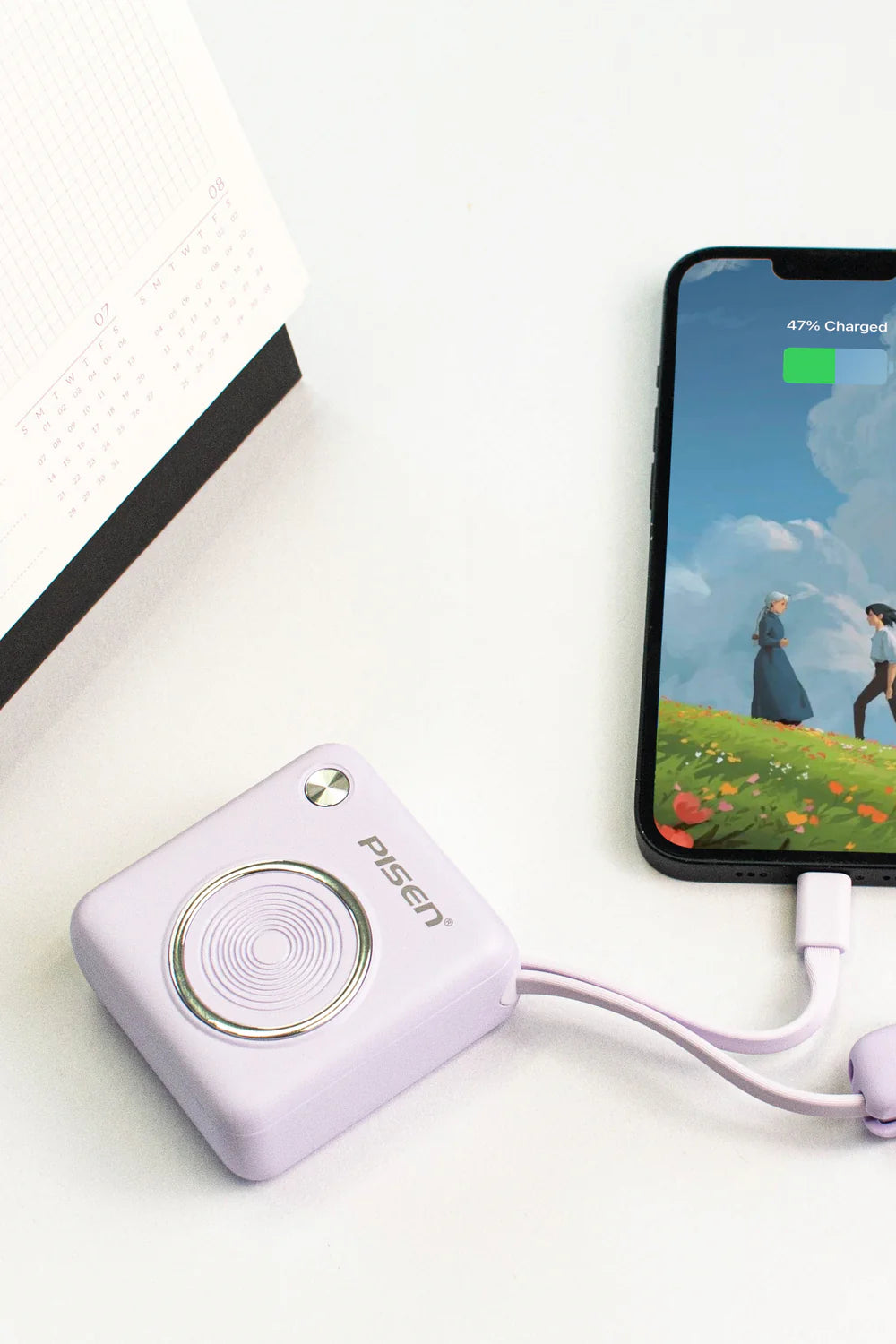
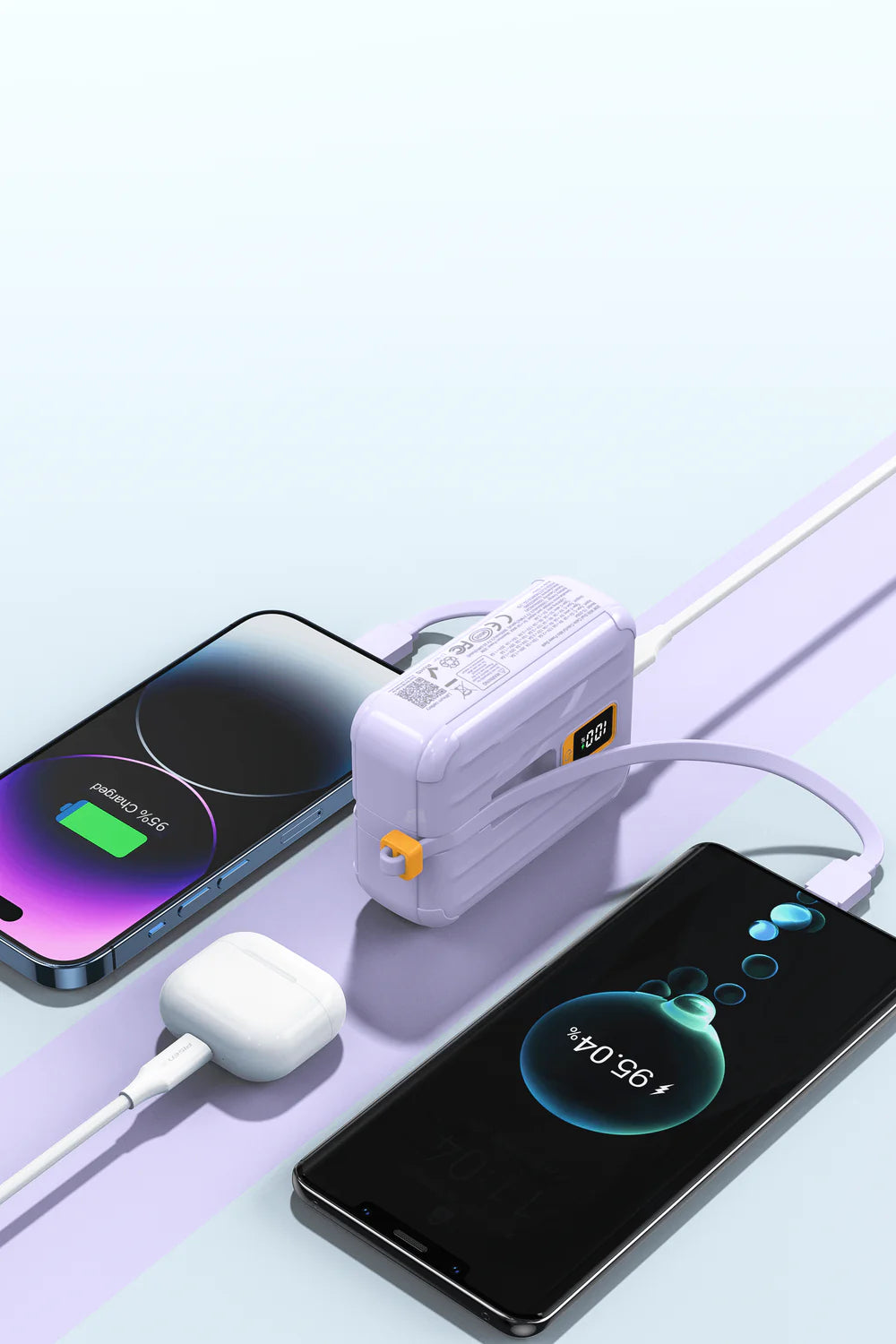



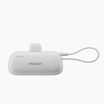
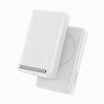
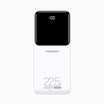
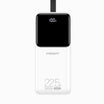
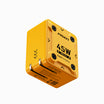
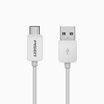
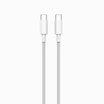
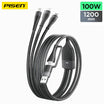
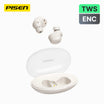

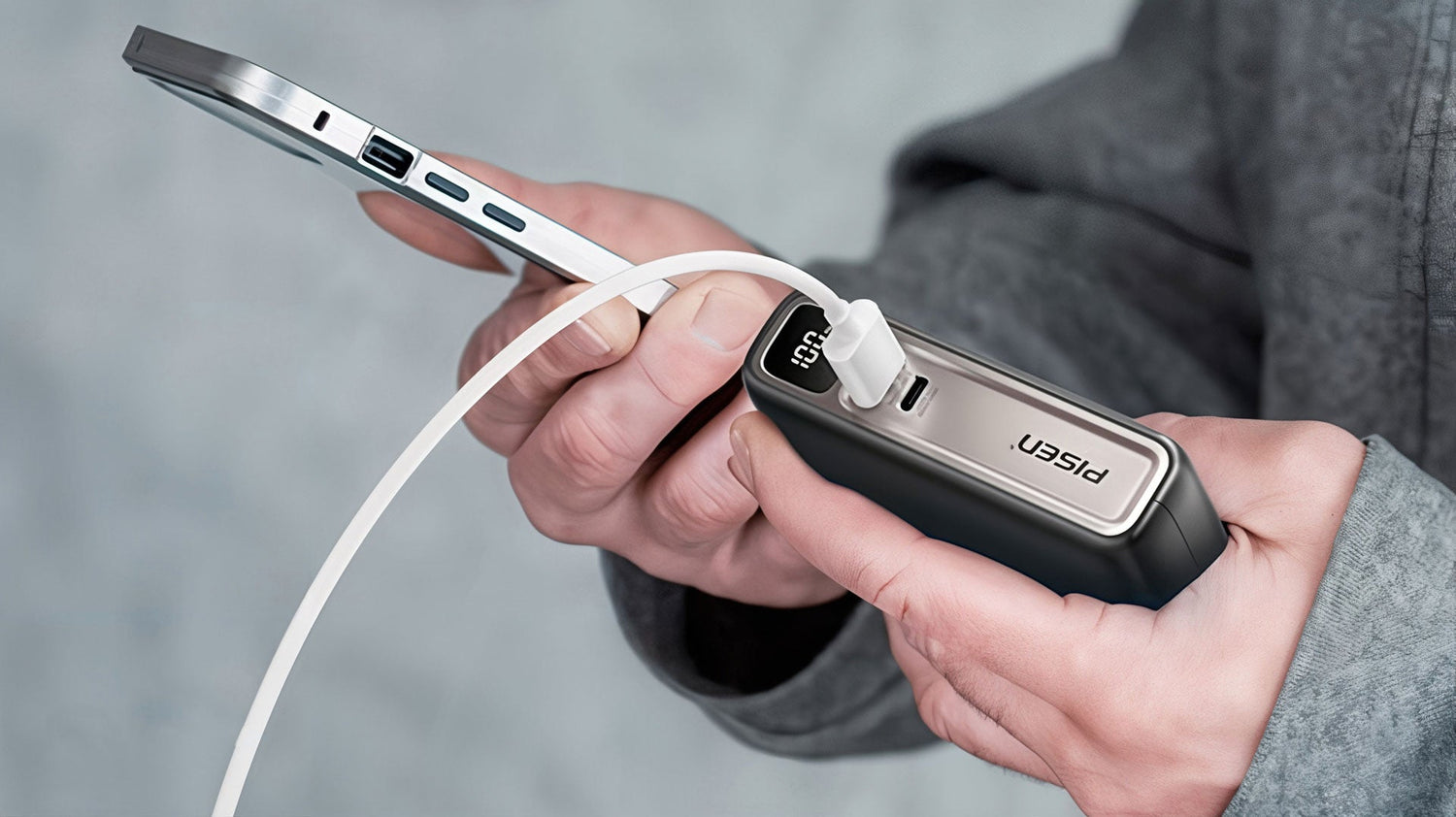
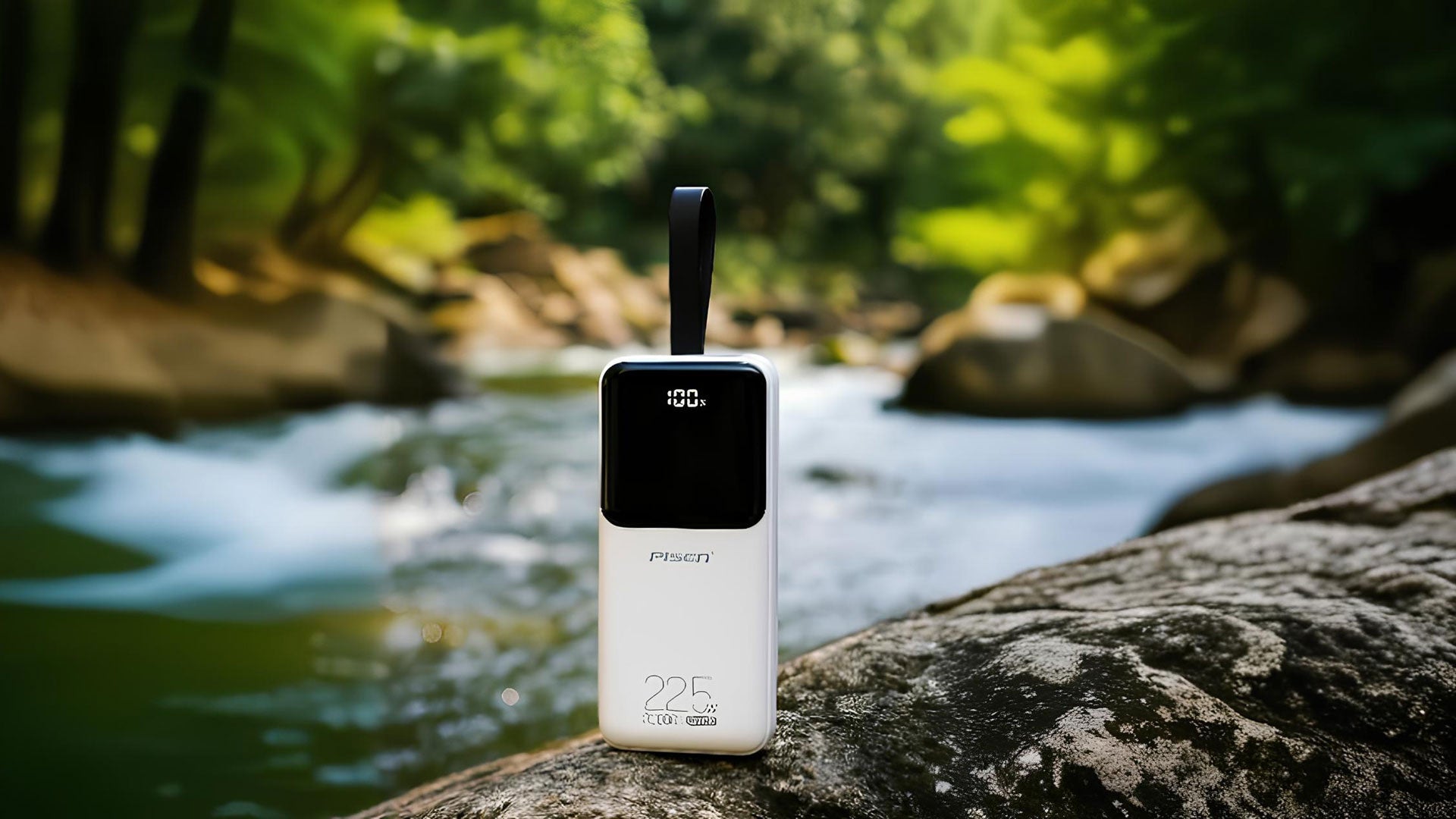
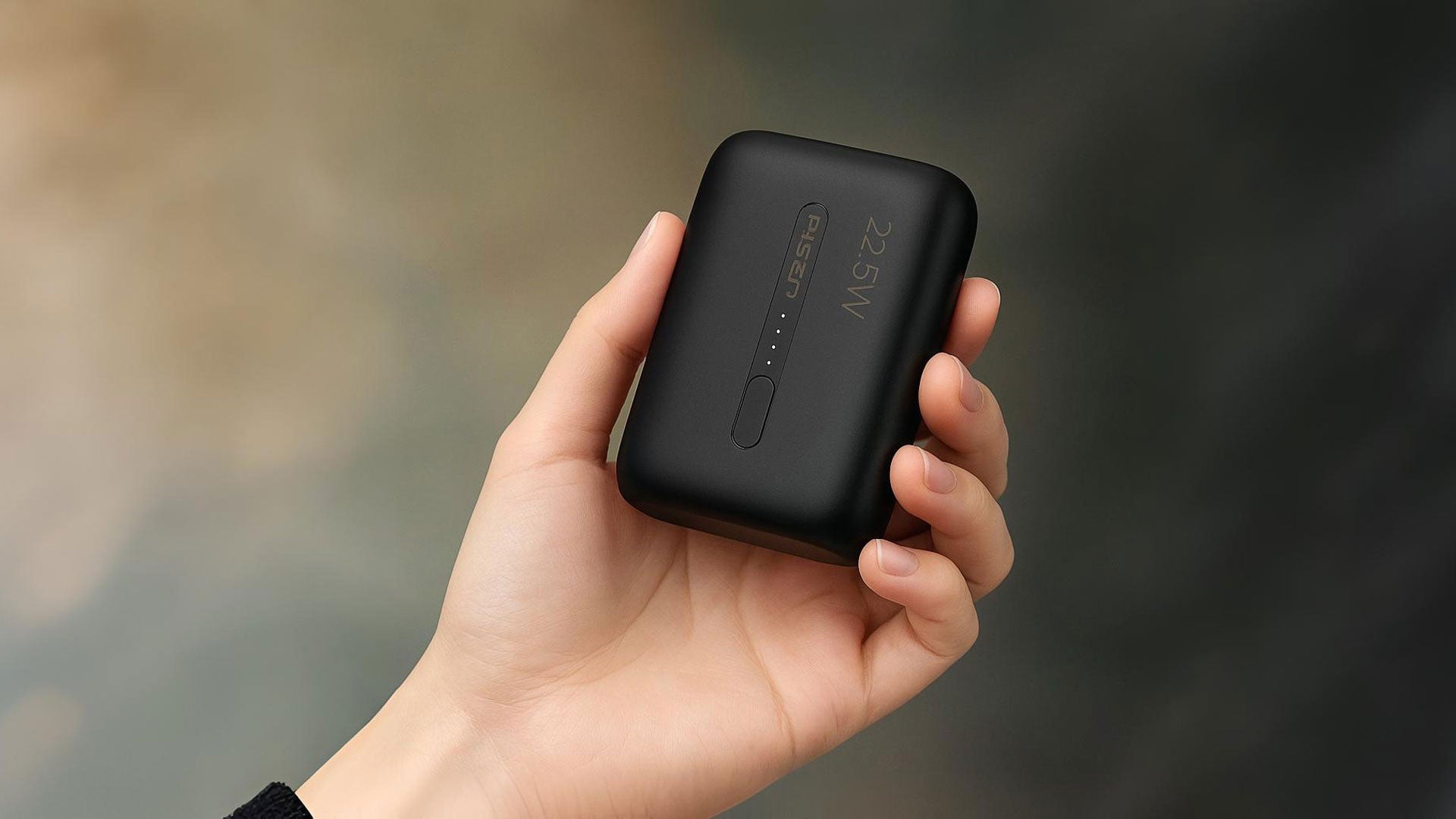
Leave a comment
This site is protected by hCaptcha and the hCaptcha Privacy Policy and Terms of Service apply.